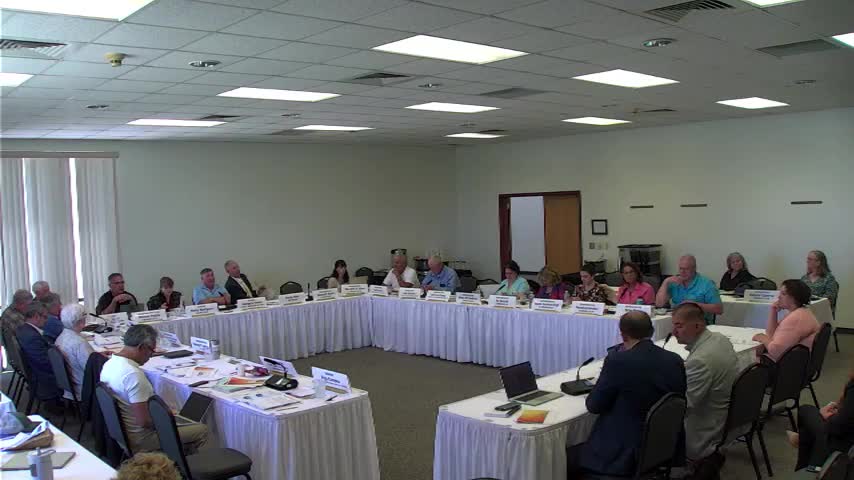Lawmakers clash over $2 billion road repair budget issues
June 12, 2024 | Legislative Finance, Interim, Committees, Legislative, New Mexico

This article was created by AI summarizing key points discussed. AI makes mistakes, so for full details and context, please refer to the video of the full meeting. Please report any errors so we can fix them. Report an error »

During a recent government meeting, officials discussed the allocation and effectiveness of the Department of Transportation's (DOT) substantial $2 billion budget. A significant portion of this budget, $1.2 billion, is derived from tax distributions and federal apportionments, which is intended to cover operational costs and various infrastructure projects.
Concerns were raised regarding the apparent inefficiency in road maintenance and repair despite the increased funding. Since 2018, the DOT's budget has seen a 46% increase, yet many legislators expressed frustration that road conditions have not improved correspondingly. One member highlighted that the current budget does not seem to reflect a commitment to enhancing road safety and infrastructure, questioning why the funds have not translated into better road conditions.
The discussion also touched on the need for a more strategic approach to road prioritization. Legislators emphasized the importance of data-driven decision-making, suggesting that the DOT should utilize technology, such as lidar, to assess road conditions accurately and prioritize repairs based on actual needs rather than political considerations.
Moreover, the meeting revealed a disconnect between budget allocations and actual spending, with reports indicating that approximately $500 million from the previous year's budget remains unspent. This raises questions about the efficiency of the DOT's project management and the need for a clearer plan to address the state's road infrastructure challenges.
In conclusion, the meeting underscored the urgent need for accountability and strategic planning within the DOT to ensure that the significant financial resources allocated for road maintenance and construction are effectively utilized to improve safety and infrastructure across the state.
Concerns were raised regarding the apparent inefficiency in road maintenance and repair despite the increased funding. Since 2018, the DOT's budget has seen a 46% increase, yet many legislators expressed frustration that road conditions have not improved correspondingly. One member highlighted that the current budget does not seem to reflect a commitment to enhancing road safety and infrastructure, questioning why the funds have not translated into better road conditions.
The discussion also touched on the need for a more strategic approach to road prioritization. Legislators emphasized the importance of data-driven decision-making, suggesting that the DOT should utilize technology, such as lidar, to assess road conditions accurately and prioritize repairs based on actual needs rather than political considerations.
Moreover, the meeting revealed a disconnect between budget allocations and actual spending, with reports indicating that approximately $500 million from the previous year's budget remains unspent. This raises questions about the efficiency of the DOT's project management and the need for a clearer plan to address the state's road infrastructure challenges.
In conclusion, the meeting underscored the urgent need for accountability and strategic planning within the DOT to ensure that the significant financial resources allocated for road maintenance and construction are effectively utilized to improve safety and infrastructure across the state.
View full meeting
This article is based on a recent meeting—watch the full video and explore the complete transcript for deeper insights into the discussion.
View full meeting
